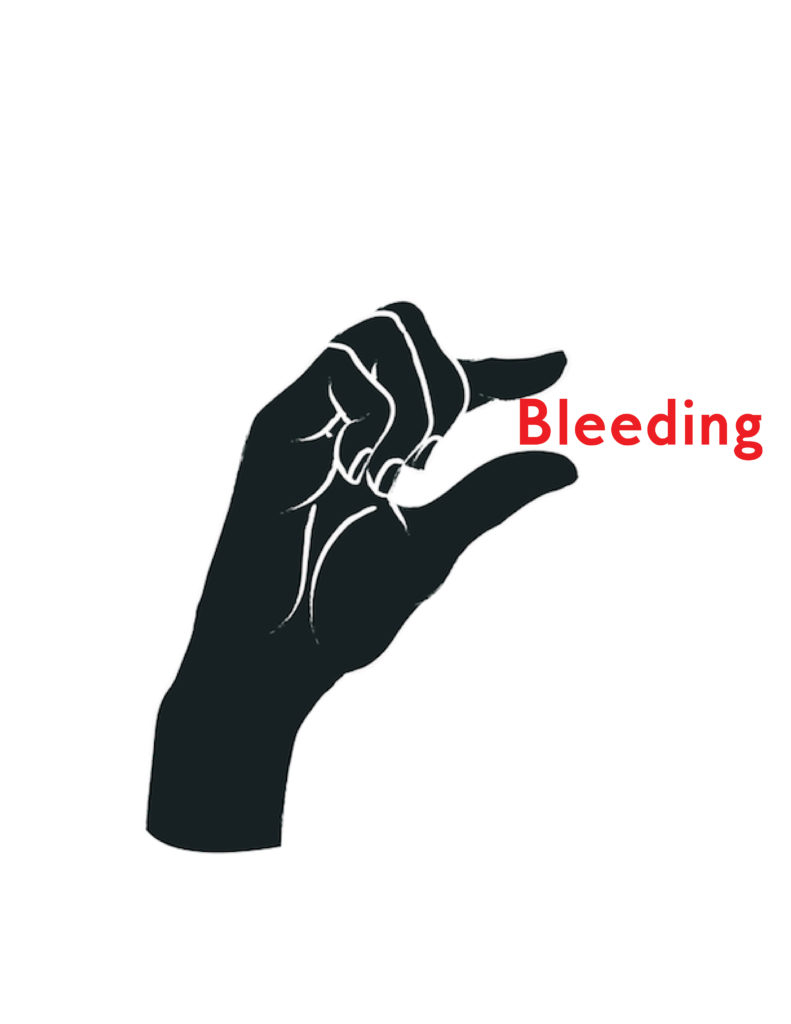
As a multi-practice owner, I have the opportunity to listen in on many different dentists case conversations. It is possible that the most used adjective in a dentist vocabulary is “little,” as in “you have a little cavity, little fracture,” and my favorite “a little bleeding.” Often our favorite adjective is followed up quickly by our favorite verb “watch.” This tepid case presentation is strange because there is no doubt dentists have a strong desire to assist their patients in becoming healthier or staying healthy. So why does so much dental disease get brushed aside and or trivialized by dentists? Many dentists are afraid of rejection and its getting worse because of social media. Dentists operate under the knowledge and pressure that the lively hood of their families and many of the families of the people who work for them rest upon their ability to attract and retain patients. Dentists are smart and learn quickly that non-dentists (their patients) don’t care as much about their teeth, their smile, and their health as the dentists think they should. It only takes a few rejections or worse—negative Yelp or Google reviews to change the behavior of well-intentioned dentists. The negative stimulus resulting from telling people the truth begins to chip away at the integrity and character of the dentist. The dentist then becomes entrenched in only sharing the amount of bad news that they think the patient is ready to hear. (Please don’t take this as a criticism, I am as guilty as anyone of these transgressions I am merely attempting to inject some candor into the conversation.)
Many dentists are afraid of rejection and its getting worse because of social media. Dentists operate under the knowledge and pressure that the lively hood of their families and many of the families of the people who work for them rest upon their ability to attract and retain patients. Dentists are smart and learn quickly that non-dentists (their patients) don’t care as much about their teeth, their smile, and their health as the dentists think they should. It only takes a few rejections or worse—negative Yelp or Google reviews to change the behavior of well-intentioned dentists. The negative stimulus resulting from telling people the truth begins to chip away at the integrity and character of the dentist. The dentist then becomes entrenched in only sharing the amount of bad news that they think the patient is ready to hear. (Please don’t take this as a criticism, I am as guilty as anyone of these transgressions I am merely attempting to inject some candor into the conversation.)
Dentists usually take one of four pathways in their attempt to overcome the lack of engagement and understanding in our patients for their own oral health. The four pathways can be labeled: Friend, Coach, Parent, and Celebrity.
- The friend tries to minimize bad news and hopes that trust will build over time.
- The coach works harder to convince them of the logic of solving the problem, and stir an emotional desire to do so. Co-discovery, Emotional Intelligence, Motivational Interviewing, Active Listening, etc. are often strategies used by the coach.
- The Parent has a disregard for the fear of rejection and they plow ahead. After all they know best.
- The Celebrity has a cult of personality. This dentist becomes, or is so charismatic, or exclusive or well regarded that most people say yes.

The most common approach by new dentists and dental school instructors is the “parent.” The parent is going to educate the patients and convince them of the folly of their ways. The parent is so convinced that logic will win the argument that he or she will educate the patient into acquiescence. For a group of patients this way works just fine, but for the majority it leaves them feeling ashamed and uncertain.

Another common personality to emerge in the patient-doctor relationship is the “friend.” This is not your best friend who you can tell anything, and they will not judge you, this is more like the guy who tries really hard to fit in and be allowed into the group. This dentist downplays a lot of problems or waits for the right time to break the news. The friend tries to win over the patient by being kind and likable and never upsetting the patient by telling them something they aren’t sure they are ready to hear.

A somewhat rare personality is the celebrity dentist. Even though it is rare most communities have one or two. Here the cult of personality is in play. Oprah could influence the New York Times Bestseller list just by mentioning a book in her heyday and so too can these dentists get people to do more just by suggesting it. The celebrity is an influencer for whatever the reason, his or her community has embraced them as such. Usually, it is built on a solid foundation of clinical and customer service excellence, but not always.

The final personality is the coach. This is usually an advanced dentist who is in search of a better way, often they will become a “coach.” This is not the authoritative football coach we all have seen on T.V. but more frequently the supportive and caring life-coach or mentor who tries to meet people where they are and travel the road to understanding alongside them. The coach personality is the most common personality among the fee-for-service crowd. The coach personality works well with fee-for-service dentists for two reasons. First, it takes more time, and this group has more available time in a fee-for-service environment. Second, when done well the coach approach is an effective way to help people do more dentistry.
The point isn’t that there are four personalities. The point is that you probably fit into one of them most of the time, and unless you are a celebrity there are probably tools available to help you call it as you see it without as much risk of losing patients and getting bad social media reviews. If we can move away from fear or over confidence then we can find a way to help our patients do more of the dentistry we diagnosis. When we do more of the dentistry we diagnose everyone wins. In part two, I will introduce you to an emerging technology to help avoid downplaying periodontal disease and treating disease at the first signs of damage.
